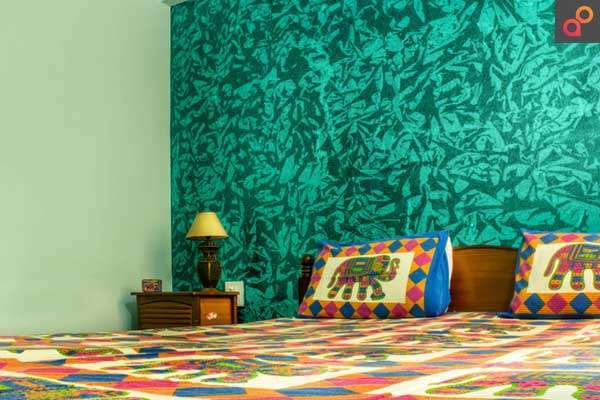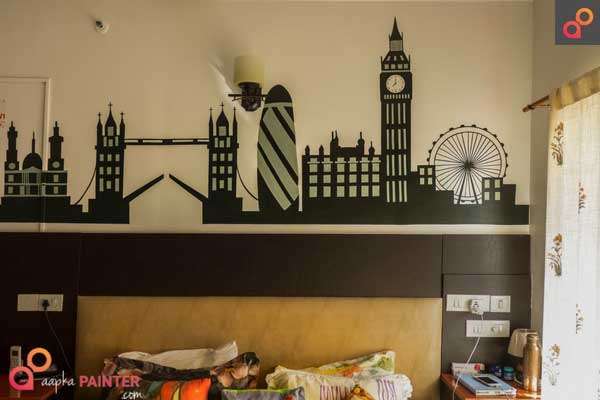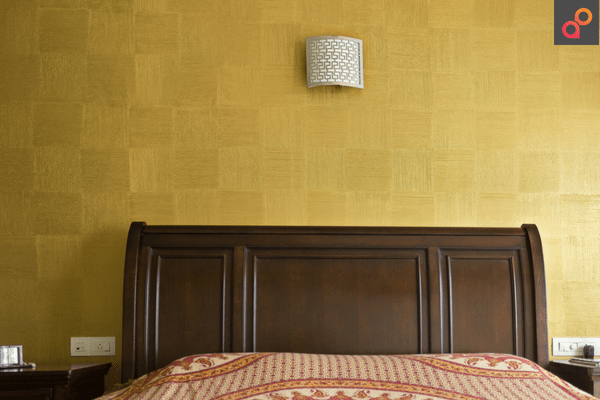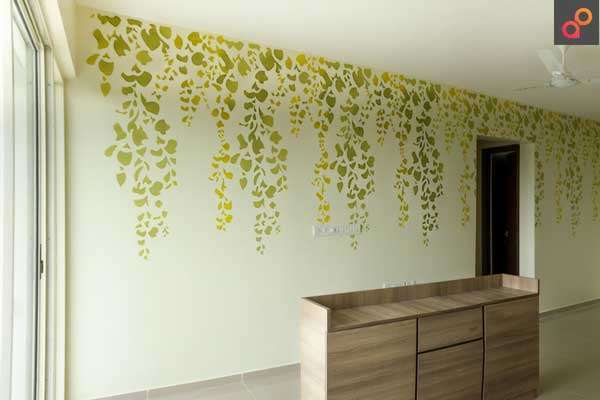Table of Contents
wall paint colors, wall painting ideas
Not anything can be as personal as house paint color. Choosing the room paint colors Combinations Schemes is both the most significant part and yet the most intimidating part for a lot of us when it comes to adorning our homes.
The easiest way to choose the best house color or wall paint Colors Combinations Schemes is to start with choices you are in love with. When you begin with the room paint colors you adore, you are not bound by the conventional color combination schemes for a particular decorating approach.
So, read all the way to the end and get some remarkable tips as we assist you to choose the room paint colors Combinations Schemes that best suits your approach, character, and way of life.
Choosing the room paint colors Combinations Schemes
Selecting the interior wall paint colors Combinations Schemes for your house paint can be a challenge, but house color also can be an influential tool for making over a dull space into a fantastic milieu. Here are more than a few tips to get you started.

Top Room Paint Colors-Find Your Inspiration
One and all require a place to start. So to begin with, you can pick a feature piece in your house, something that you are in love with, as a motivation for the room paint colors of the house paint. It might be a picture, piece of art, memento or curtains. Prefer something with an assortment of colors, tone or form, and then select your preferred color in the piece.

Find Your Room Paint Color in Artwork
An interior designer’s secret is picking house paint colors from artwork in your house. A good number of artists are masters of color and light. Thus, they produce their personal room paint colors schemes for their masterpieces. You can take advantage of their insight by picking colors from a preferred piece of art. You can also decide on complimentary house paint colors from the same artwork, to create a room paint colors scheme.

Make use of Color Theory to create a Room paint color Scheme
You don’t have to learn color theory to get unusual ideas from the little color wheel. These reasonably priced color tools can help you produce color scheme ideas rapidly. Just with a turn of the wheel, you can make out how room paint colors may relate to each other, and study the fundamentals of color theory. While you perhaps won’t be painting your house in the exact home paint colors you observe on the wheel, you can select tones of those colors at your preferred paint store. Or begin with the room you want to paint with the boldest house paint color. If you are in love with the color and have an exact shade in mind for a particular room, you can start there as an alternative.

Decide your colors
Next, you must work on a color wheel. There are three kinds of colors: primary, secondary and tertiary.
• Primary colors are pure colors and cannot be formed. Examples of these colors include red, blue and yellow.
• Secondary room paint colors are created when equivalent fractions of two primary colors are combined. These colors take account of orange, green and purple. For instance, the same portions of yellow and blue make green. As basic as it may sound, it is the place where we begin the color choice.
• Tertiary colors are a combination, in varying divisions of secondary as well as primary colors to produce different shades. As a consequence, the primary and secondary colors turn out to be less vibrant. White and black are generally added to darken or soften these shades.

Design your color scheme
Again, you can make use of your color wheel to create your color scheme that best fits your character. There are four kinds of possible room paint colors schemes.
• Monochromatic
The monochromatic color scheme makes use of tone of the identical color together with white or black to alleviate or darken the tone. For instance, in this room paint colors scheme, blue can turn out to be a pale sky blue or a dark midnight blue and all three tones of the same shade are used to produce this effect.
• Analogous
The analogous room paint colors scheme makes use of shades that emerge next to each other on the color wheel. For instance, yellow can be used with orange or green. Likewise, blue will be used together with green or purple. This produces a colorful and often comforting scheme.
• Contrast
The contrast room paint colors scheme is more impressive. Here, the musical tones of contrasting colors are used, like green-blue, yellow-orange or red-purple. This brings in more color and liveliness into your room paint colors scheme.
• Complementary
Last but not least, you can access the complimentary room paint colors scheme where two contrasting shades, like blue or orange, are used in concert to produce an impressive, vigorous and high energy home paint color scheme.

Build your room paint color scheme with shades of the same tone.
As soon as you have a house paint color choices for your first room, one straightforward approach to move on is to select shades of the similar tone for adjoining rooms or walls. You can pick a shade from a close by paint chip. The splendor of this technique is that, while it will provide your home significance and intensity, you also can stay confident that the room paint colors will go well together.

Do Your Research and Homework for choosing room paint colors before Shopping
Picking the right house paint color begins at home. So, before you head for shopping to the paint store to collect the samples, gather as much inspiration from magazines, catalogs and, fabric swatches as possible. It will keep you from taking hold of quite a lot of house paint color choices on your first trip to the color store. The hardest part of selecting a room paint color, at first, is having many options. As soon as you narrow down your house paint color options, you can return to the store for room paint color samples to try at the house. It is essential to finding just the right room paint color.

room paint colors, wall paint colors, wall paint colors, living room color ideas, wall painting ideas